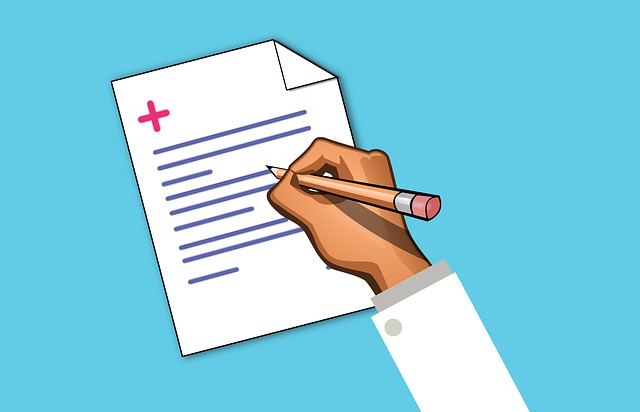In the modern healthcare industry, medical billing and coding are two closely related aspects.
They both are involved in the reimbursement cycle, which ensures that the services of health care providers are paid for.
We will divide the two to take a closer look at them as parts of a larger process.
Medical Coding
In simple terms, medical coding is somewhat like translation.
The coder takes something written one way (e.g., a prescription of a medication or a doctor’s diagnosis) and translates it into a numeric or alphanumeric code as accurately as possible.
Every diagnosis, procedure, or injury has its code.
There are numerous codes for diagnoses, medical and outpatient procedures.
Here’s a quick example.
A patient visits a doctor and has a hacking cough, a fever, and a high production of mucus.
A nurse identified the patient’s symptoms and performs some initial tests, after which the doctor examines the patients and confirms bronchitis.
Then, the doctor prescribes a medication.
The doctor or someone else in their office records every part of this visit.
The medical coder then translates all relevant information about the patient’s vising into numeric or alphanumeric code, which later can be used for billing.
Medical coders should be familiar with a variety of code sets and subsets.
In this example, there are two sets to focus on.
One is the ICD (International Classification of Diseases) code set, which stands for injuries or sickness.
Another one is CPT (Current Procedure Terminology) that describes the functions and services performed by the healthcare provider.
These codes function as the universal language between hospitals, insurance companies and clearinghouses, doctors, government agencies, and other healthcare organizations.
Coders read the reports of healthcare providers and translate every piece of information into a code.
The codes are specific to the type of visit, patient’s symptoms, conducted tests, and diagnoses.
Each code set comes with rules and guidelines.
Some codes should be placed in a specific order, such as those that signify a pre-existing condition.
The accurate coding kept within guidelines for every code affects the status of a claim.
The end of the coding process happens when the coder enters the right codes into a program or form.
After coding the report, it then sent to the medical biller.
Medical Billing
On the one hand, medical billing is just as it sounds: medical billers take the data that medical coders provide and make a bill for the insurance company.
It’s called a claim.
However, the process isn’t as simple, just like everything related to health care.
Let’s use our previous example to get a better understanding.
So, the same patient has a fever, cough, and produces a lot of mucus.
They get in touch with the doctor to make an appointment.
The medical billing process starts here.
Medical billers take the codes showing the type of visit, patient’s symptoms, and the doctor’s diagnosis as well as prescribed medicine.
Upon this, thy create a claim using software or a form.
Billers send this claim to the insurance company which evaluates and returns it.
The biller assesses the returned claim and calculates how much the patient should pay for the bill after the insurance was taken out.
If the patient’s insurance covers this type of treatment for this condition and this type of visit, the bill will be quite low.
The agreement with the insurance company can be various, maybe the patient with have to co-pay.
Considering all these factors, the biller creates a precise bill that is passed to the patient.
If the patient refuses to pay the bill, medical billers may get the services of a collections agency to ensure that the healthcare provider is paid for their services.
So, medical billers are a type of mid-point between patients, insurance companies, and healthcare provides.
You can also consider medical billers as some type of translator.
While the medical coder translates medical reports into codes, the biller translates codes into a financial statement.
They have other responsibilities, but mainly, the biller’s duty is to make sure that the services of a healthcare provider are properly compensated.
Read the full guide: How to Become a Medical Biller and Coder


